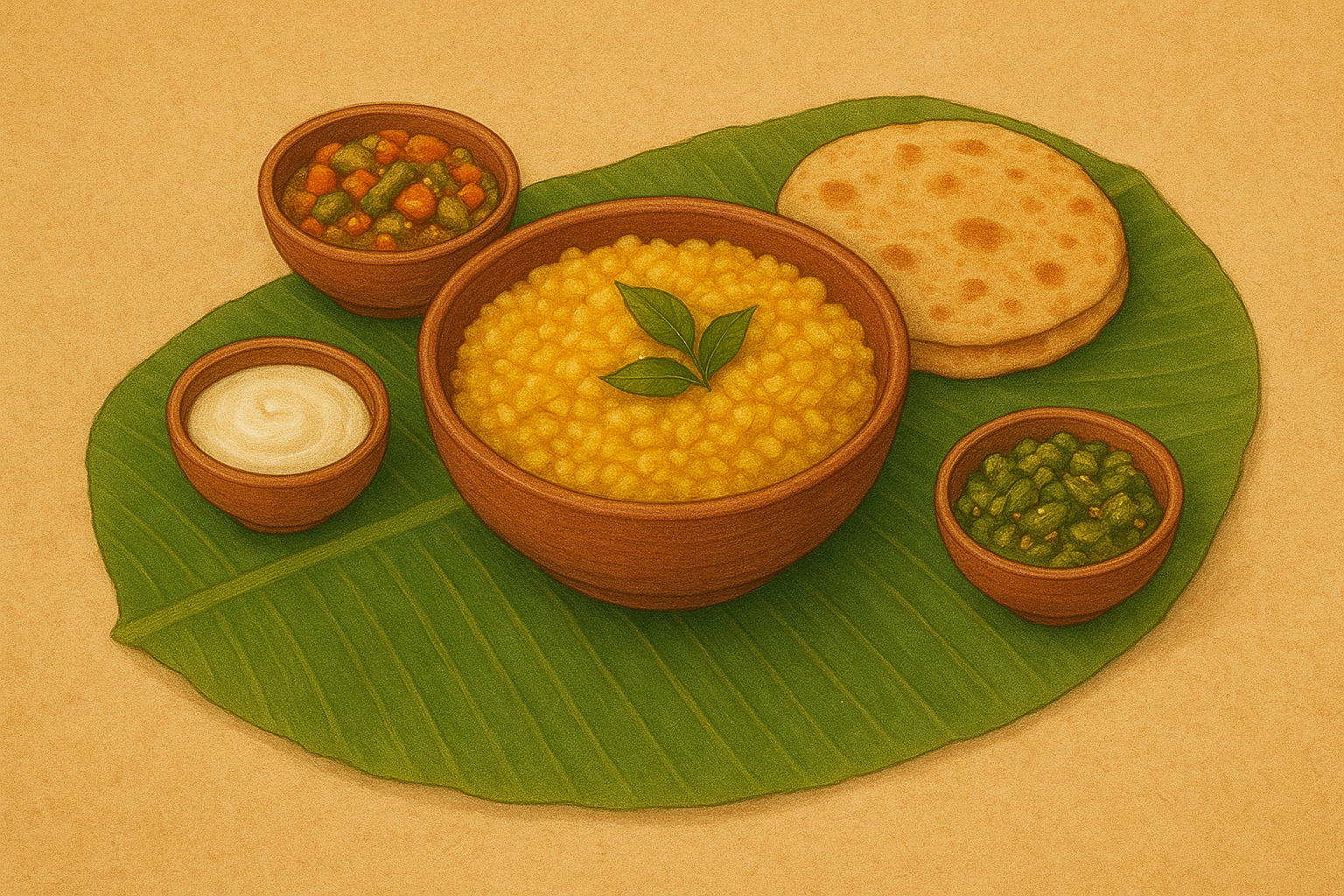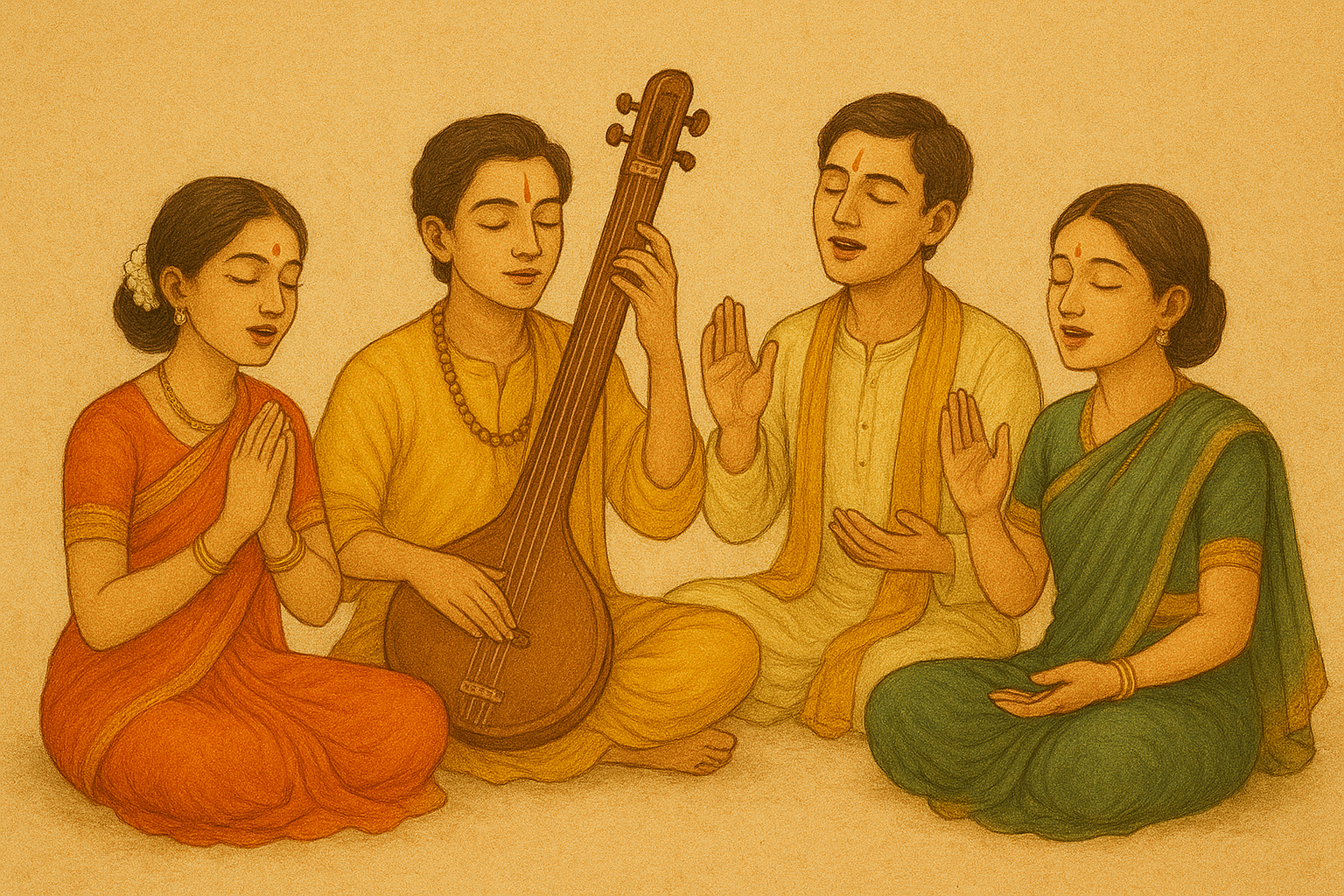
What is Ekadashi?
Ekadashi is the 11th day of both the waxing and waning moon, observed twice a month. It is a spiritually significant day dedicated to Lord Krishna and Vishnu. Scriptures describe Ekadashi as a powerful day that purifies sins, strengthens devotion, and helps one progress on the path of bhakti.

Fasting Rules on Ekadashi
The main rule of Ekadashi is to avoid grains and beans. Depending on one’s capacity, devotees can observe different levels of fasting:
- Nirjala: Complete fast without food or water (for the strong and healthy).
- Phalahara: Only fruits, nuts, and water.
- Anukalpa: Non-grain simple food such as sabudana, potatoes, milk, and vegetables.
The essence of Ekadashi is not just fasting, but engaging more in devotion and remembrance of Krishna.
“Of all fasts, fasting on Ekadashi is the most purifying. It destroys sins and awakens love for Krishna.”
Spiritual Practices to Follow
On Ekadashi, the focus should be on enhancing one’s devotional activities rather than merely avoiding food. Some recommended practices are:
- Chanting extra rounds of the Hare Krishna Mahamantra.
- Reading Bhagavad-gita and Srimad Bhagavatam.
- Listening to kirtan and lectures of devotees.
- Offering special prayers and worship to Lord Krishna or Vishnu.
- Associating with devotees and discussing Krishna-katha.

Breaking the Fast (Parana)
The fast is broken on the next day, Dwadashi, within the specific time window called parana time. Traditionally, devotees first offer grains to Lord Krishna and then honor prasadam to break the fast.
By sincerely observing Ekadashi at home, one not only strengthens discipline but also receives immense spiritual benefit and Krishna’s mercy.